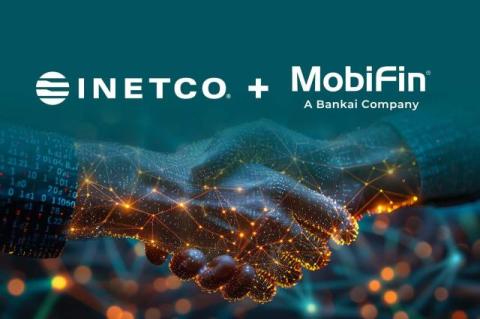A Comprehensive Look at Automated User Account Options and Practices
Each individual in your organization needs a user account to access data, applications, servers, cloud services and other resources. If you have just a few accounts, you may be able to create, secure and govern them throughout their lifecycle using manual processes. However, manual processes are highly prone to human errors and do not scale to meet the needs of any but the smallest businesses. Instead, most organizations need automated user management tools.











